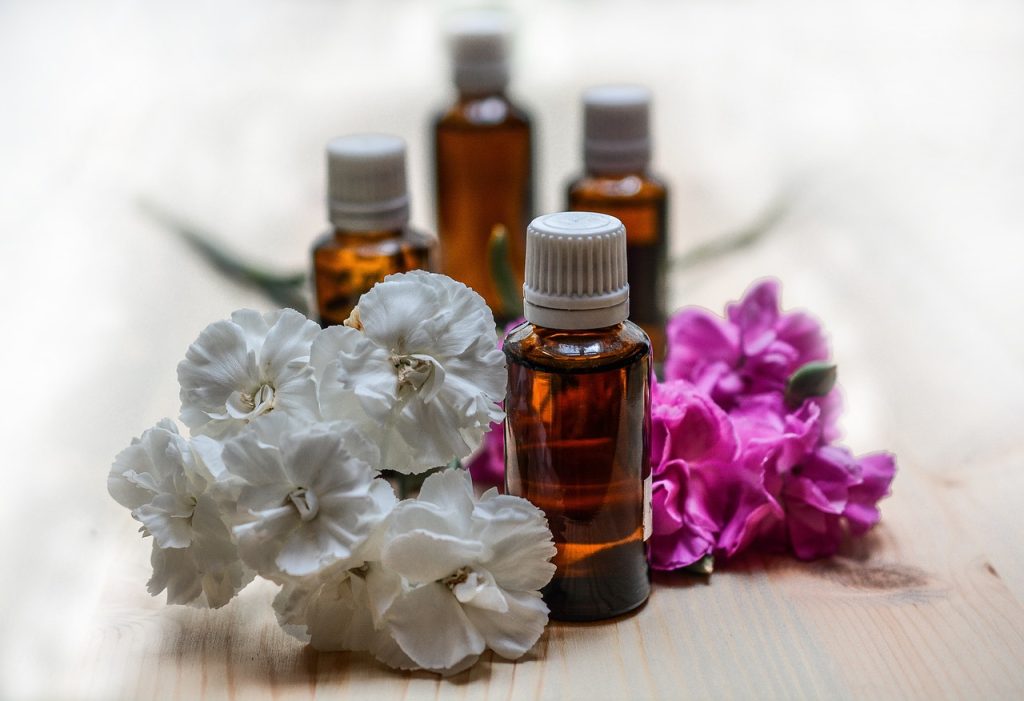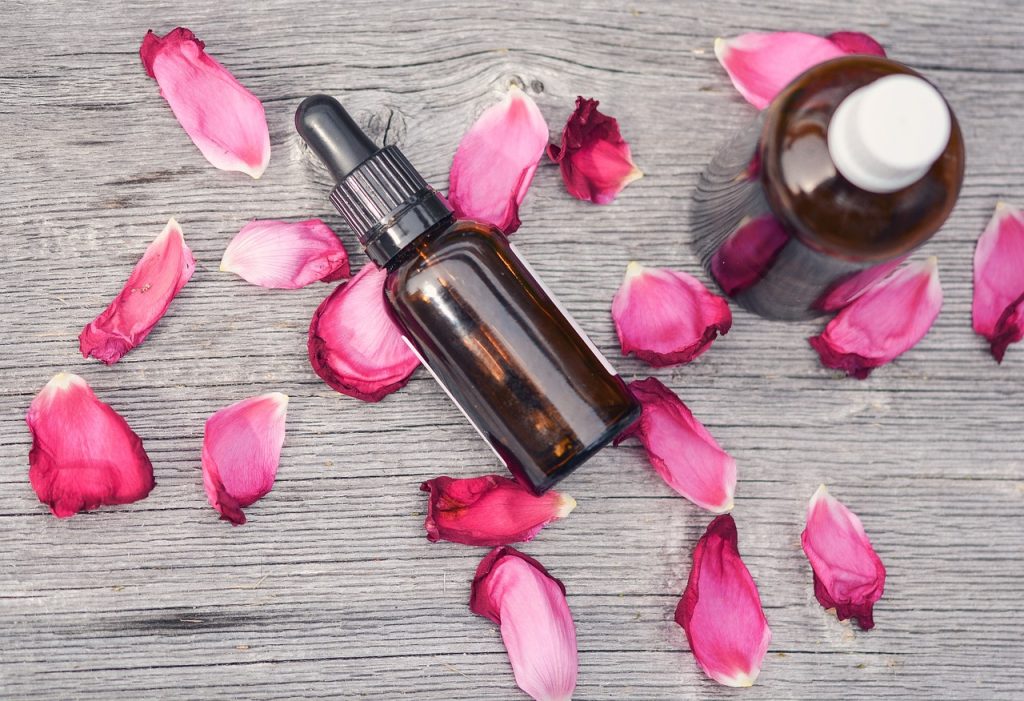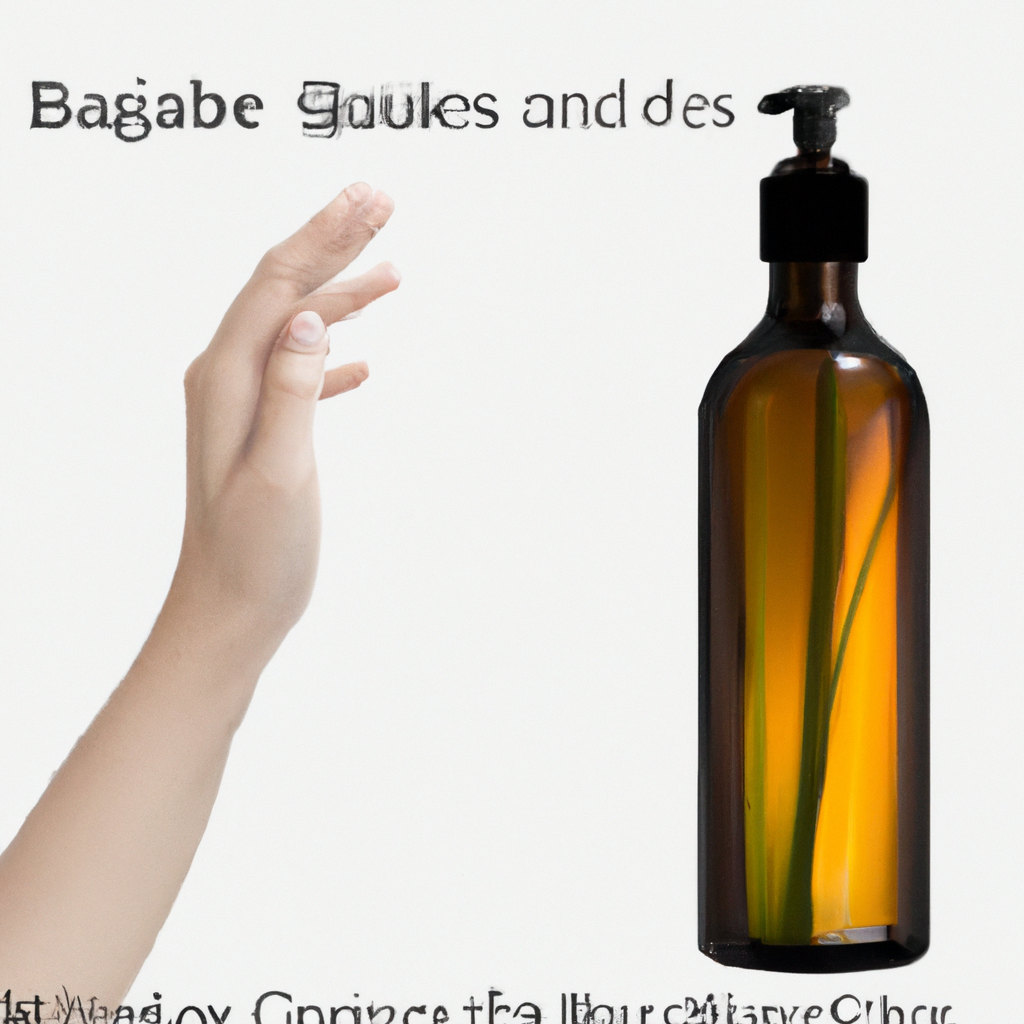If you’ve ever had a massage, chances are you’ve wondered about the type of product used by the masseuse. Should it be oil or lotion? This question has been debated among massage enthusiasts for years, with both sides having their own set of benefits and drawbacks. In this article, we’ll explore the pros and cons of using massage oil versus lotion, helping you make an informed decision for your next massage session. So, let’s dive into the world of massage products and find out which one is better suited for your needs.

This image is property of pixabay.com.
Definition of massage oil
Massage oil is a specially formulated type of oil that is designed to be used for massages. It is typically made from a combination of carrier oils and essential oils. The carrier oils provide a smooth, lubricating texture, while the essential oils add fragrance and therapeutic benefits. Massage oil is widely used in professional massage therapy settings, as well as in home massages.
Ingredients of massage oil
Massage oil can vary in terms of its ingredients, but most formulations include a combination of carrier oils and essential oils. Common carrier oils used in massage oil include jojoba oil, coconut oil, sweet almond oil, and grapeseed oil. These oils are known for their moisturizing and lubricating properties, which make them ideal for massages. Essential oils are added to provide fragrance and potential therapeutic benefits. Some popular essential oils used in massage oil include lavender, eucalyptus, peppermint, and chamomile.
Benefits of using massage oil
Using massage oil during a massage can offer numerous benefits. Firstly, the lubricating texture of the oil allows for smoother movements and gliding motions on the skin, enhancing the overall massage experience. The added fragrance of essential oils can also provide a calming and relaxing effect, promoting a sense of well-being during the massage session. Massage oil can also moisturize the skin, leaving it feeling softer and more nourished after the massage. Additionally, certain essential oils used in massage oil formulations may have specific therapeutic properties, such as relieving muscle tension or promoting relaxation.
Drawbacks of using massage oil
While massage oil offers many benefits, it’s important to consider the potential drawbacks as well. One drawback is that oil can leave a residue on the skin, making it feel greasy or oily after the massage. This can be a matter of personal preference, as some individuals may enjoy the moisturizing effect, while others may find it uncomfortable. Another drawback is that certain oils may not be suitable for individuals with allergies or sensitivities. It’s important to check the ingredients list and perform a patch test before using a massage oil to ensure that it doesn’t cause any adverse reactions.

This image is property of pixabay.com.
Definition of lotion
Lotion is a type of skincare product that is commonly used for moisturizing the skin. It is made up of a combination of water, oils, and other ingredients that help to hydrate and nourish the skin. Lotion is typically a lighter consistency compared to massage oil and is often used for everyday skincare routines. However, it can also be used for massages, especially those that require a lighter and less oily touch.
Ingredients of lotion
The ingredients in lotion can vary depending on the specific formulation and brand. However, most lotions contain a combination of water, oils, emulsifiers, and preservatives. The oils used in lotions are often lighter and more easily absorbed by the skin compared to those used in massage oils. Common oils used in lotions include sunflower oil, shea butter, cocoa butter, and avocado oil. Lotion formulations may also include additional ingredients such as vitamins, antioxidants, and fragrances.
Benefits of using lotion
Using lotion has several benefits for the skin. Firstly, it helps to hydrate and moisturize the skin, making it softer and more supple. Lotion can improve the overall texture and appearance of the skin, particularly when used regularly. Additionally, lotion can provide relief for dry and flaky skin, soothing any discomfort or itching. Regular use of lotion can also help to protect the skin against environmental factors, such as harsh weather conditions and pollution.
Drawbacks of using lotion
Despite its benefits, there are some drawbacks to using lotion. One drawback is that the lighter consistency of lotion may not provide enough lubrication for certain massage techniques. If a deep tissue or friction-based massage is desired, the glide provided by lotion may not be sufficient. Additionally, some individuals may find that lotions with added fragrances or other ingredients can irritate their skin. It’s important to choose a lotion that is suitable for individual skin types and preferences to avoid any potential adverse reactions.

This image is property of pixabay.com.
Comparison of massage oil and lotion
When choosing between massage oil and lotion for a massage, there are several factors to consider. Let’s compare them in terms of texture, absorption rate, hydration level, sensitivity, ease of application, staining, fragrance, cost, and preferable massage techniques.
Texture
Massage oil has a thicker and more viscous texture compared to lotion, which provides a smoother glide over the skin during a massage. Lotion, on the other hand, has a lighter and more easily absorbed texture, which may be preferable for massages that require a lighter touch.
Absorption rate
Massage oil is designed to stay on the skin’s surface for a longer period of time, allowing for extended massage sessions without the need for constant reapplication. Lotion, on the other hand, is quickly absorbed into the skin, which may require more frequent reapplication during a massage.
Hydration level
Massage oil tends to be more moisturizing and hydrating for the skin due to the presence of rich carrier oils. Lotion also provides hydration, but the lighter consistency may not offer the same level of deep moisturization as massage oil.
Sensitivity
Individuals with sensitive skin may need to be cautious when choosing between massage oil and lotion. While both can be suitable for sensitive skin, it’s important to choose products with gentle ingredients and perform a patch test to ensure there are no adverse reactions.
Ease of application
Massage oil is easier to spread and manipulate across the skin due to its lubricating texture. Lotion requires a bit more effort to distribute evenly, especially if the massage involves long strokes or intricate techniques.
Staining
Massage oil has the potential to stain fabrics, especially if the oil is heavily pigmented or contains certain essential oils. Lotion is less likely to cause staining, making it a safer option when working with delicate fabrics.
Fragrance
The fragrance of massage oil can enhance the overall massage experience by providing a relaxing or invigorating aroma. Lotion also often comes in a variety of scents, allowing for customization based on personal preferences.
Cost
In terms of cost, massage oil tends to be slightly more expensive than lotion. This is due to the higher concentration of oils and added essential oils in massage oil formulations. However, the cost difference may not be significant depending on the specific brands and products chosen.
Preferable massage techniques
The choice between massage oil and lotion may also depend on the type of massage techniques being used. Massage oil is often preferred for techniques that involve deep tissue work, as the thicker texture provides better lubrication. Lotion is suitable for lighter, Swedish-style massages where a lighter touch and quick absorption are desired.

Choosing the right option
When deciding between massage oil and lotion for a massage, several factors should be taken into consideration.
Type of massage
Consider the specific type of massage being performed. If it requires deeper pressure and more glide, massage oil might be the better choice. For lighter, relaxing massages, lotion is a suitable option.
Client preferences and needs
Take into account the preferences and needs of the client. Some clients may have specific allergies or sensitivities to certain ingredients, requiring a more gentle and fragrance-free option. Client feedback and input are essential in determining the most suitable choice.
Skin type
Consider the client’s skin type when choosing between massage oil and lotion. Dry or sensitive skin may benefit from the extra hydration provided by a massage oil, while oily or acne-prone skin may prefer the lighter consistency of lotion.
Personal preference of the therapist
Lastly, the personal preference of the therapist should also be considered. Some massage therapists may have a preferred oil or lotion based on their own experience and comfort.

Conclusion
Choosing between massage oil and lotion for a massage is ultimately a personal decision that depends on various factors. Experimentation and finding the perfect balance between texture, absorption rate, hydration level, sensitivity, ease of application, staining, fragrance, cost, and preferable massage techniques are essential. By considering the type of massage, client preferences, skin type, and personal preference of the therapist, the most suitable option can be selected. Both massage oil and lotion offer their own unique benefits and drawbacks, and it’s important to consider the specific needs of each individual massage session in order to create the best possible experience for both the client and the therapist.
